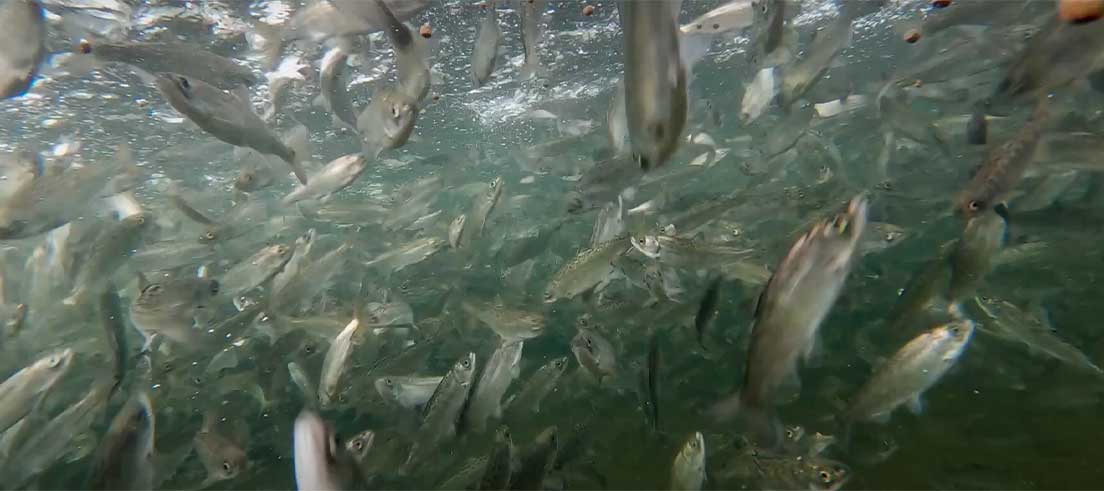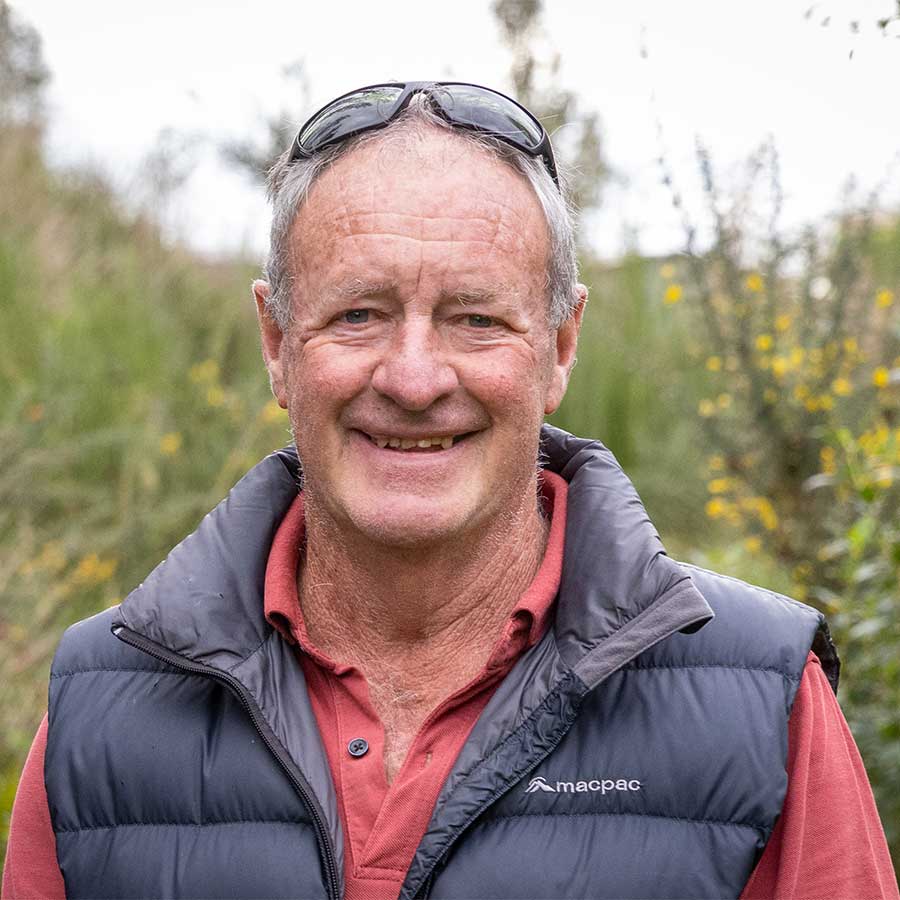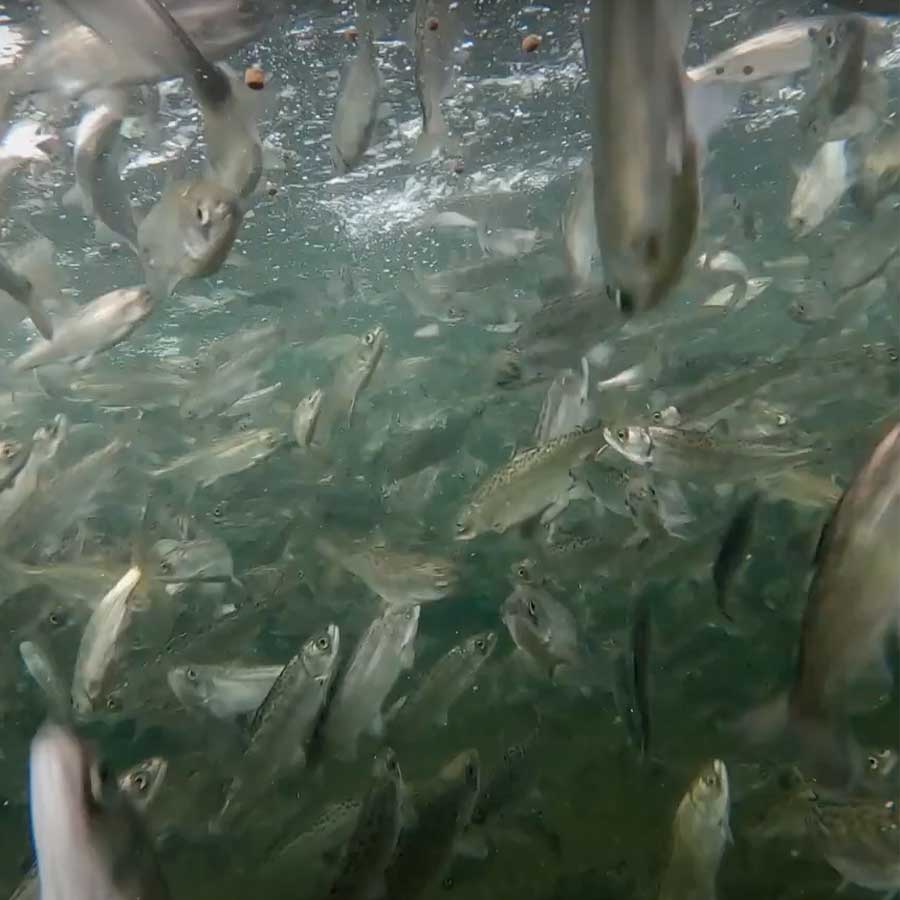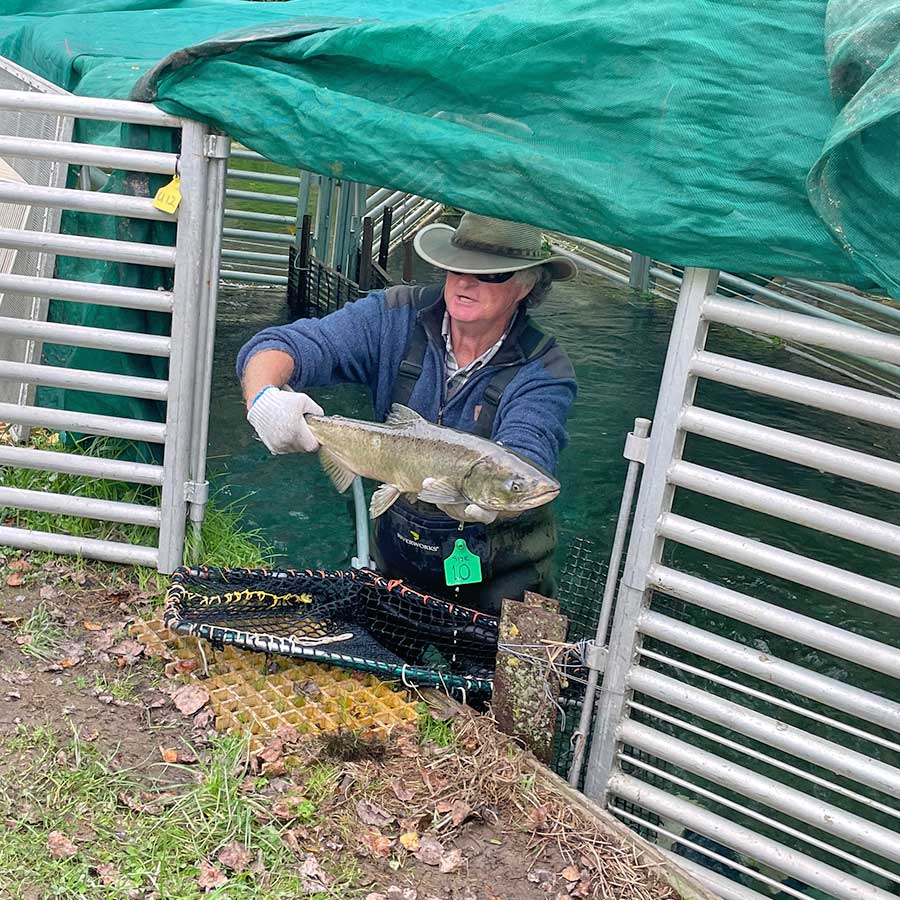
Passionate hatchery volunteers protect salmon population
Over the past 18 years, a group of dedicated volunteers have turned an abandoned commercial salmon hatchery on McKinnon’s Creek into a thriving operation which will release 90,000 salmon this year.
These salmon will travel to the Rangitata River before attempting to spawn by returning to the creek where they were born.
Phil de Joux, chair of Mckinnon’s Creek Salmon Hatchery says that of the 90,000 salmon released from the hatchery this year, they expect around one per cent or approximately 900 to return to the creek in three years’ time.
Protecting and raising salmon
McKinnon’s Creek flows into the Rangitata River, and the hatchery team trap a few salmon that return to the creek each season before removing the eggs from the female fish, fertilising them and incubating and raising the fish. He describes it as a “big operation” which relies on a teamwork approach.
"We keep them here for 12 months before we release them, so it is quite a big operation. Pacific salmon have a lifecycle of about three years so from spawning in the headwaters of the Rangitata they attempt to come back to the same creek where they were born.
"At the hatchery we have an amazing team of volunteers who are out here most days and at weekends cleaning the raceways and feeding the fish. We couldn’t do this without the support of government agencies and iwi. Everyone is working together to protect the salmon."
A vision for a sustainable fish population
The salmon population in rivers throughout New Zealand has decreased markedly over recent decades and Phil says there are several challenges for salmon who rely on the Rangitata River and its tributaries to complete their lifecycle.
"Extraction of water from the river for irrigation is one challenge and the old fish screens which were not keeping the salmon out of the races in the past. We hope the quality of the water in the river doesn’t degrade further as salmon need fresh, clean water to spawn.
"All the projects that are happening along the Rangitata should improve the water quality and the environment and we really hope to see those improvements work well for the river and the land around it."
Phil says the long-term goal for the hatchery is for river conditions to improve to the point where there is a stable salmon population living in clean, healthy water so that the hatchery is no longer required.
"We want to close the hatchery down. We are hoping that the new fish screens on the irrigation race will allow the wild run salmon population to come back to what it was in the past and then there will be no need for this hatchery."
In the meantime, Phil says the hatchery is always keen to welcome new volunteers who would like to get involved, particularly young people and those interested in a career in aquaculture.
"It’s interesting work and we are one of the only hatcheries left. There is plenty of potential for people to do research here and develop a career in this exciting industry."
Further reading
- Find out more about the Mckinnon’s Creek Salmon Hatchery
- Find out more about our braided rivers
- Find out more about Ki Uta Ki Tai - Braided river strategies
Kōrero nā te awa Rakitata – Stories from the Rangitata River
Kōrero nā te awa Rakitata is about sharing stories of people’s connection with the Rangitata River.
We are sharing these stories on behalf of Ko te Whakahaumanu o te Rakitata Awa/Rakitata River Revival - a partnership programme to restore the Rakitata Awa (the Rangitata River) to a healthy braided river ecosystem where native taonga (treasured species) are abundant and healthy, and people and communities can connect and thrive.
The programme began as a partnership between manawhenua and the Department of Conservation (DOC), through DOC’s Ngā Awa programme. It now includes Te Rūnanga o Arowhenua, DOC, Environment Canterbury, Toitū Te Whenua Land Information New Zealand, Central South Island Fish & Game and Timaru and Ashburton District Councils. Partners also work closely with landowners and community groups to achieve the shared vision of revival of the mauri for Rakitata.



